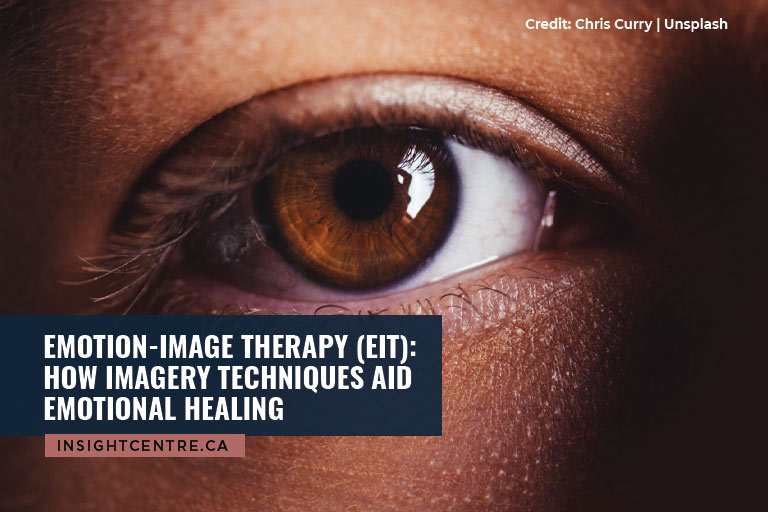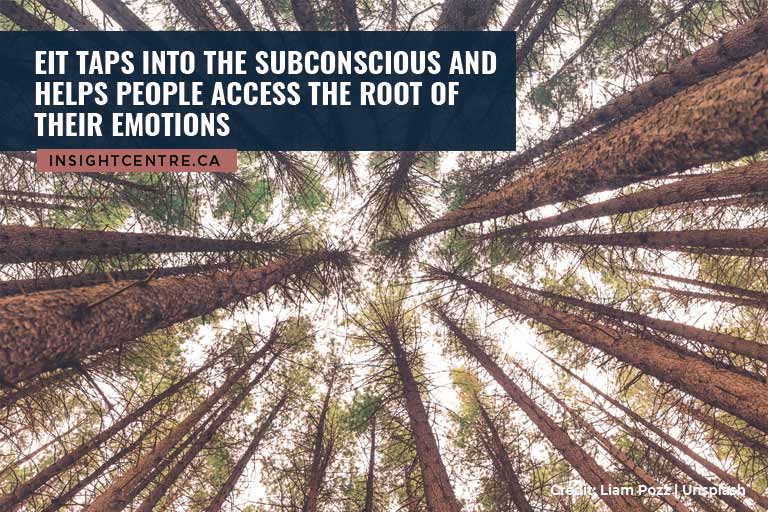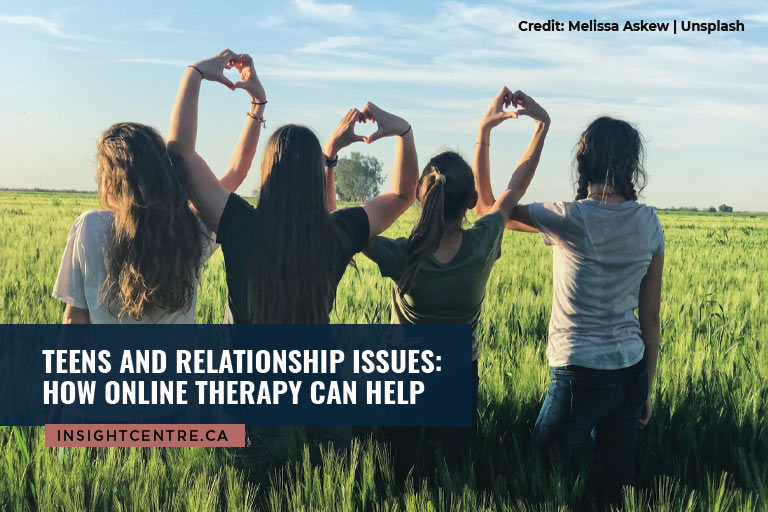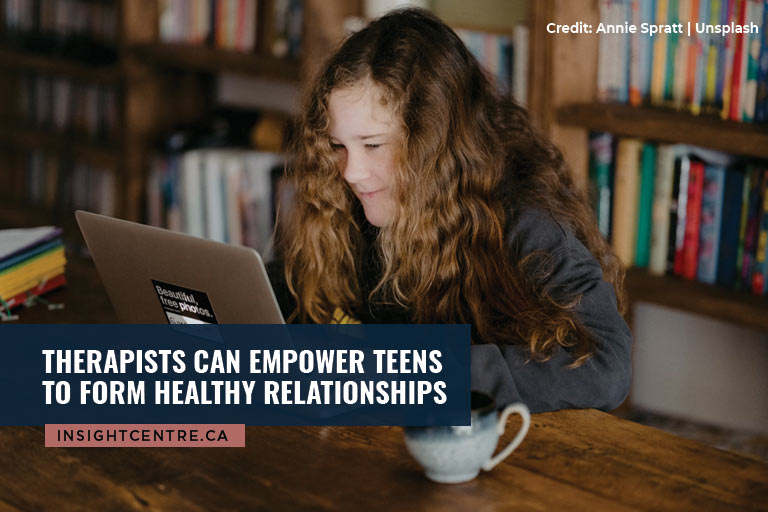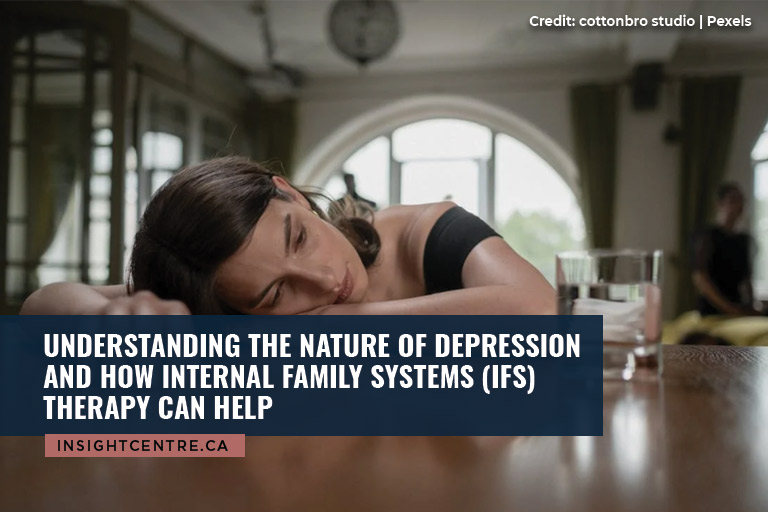11 Benefits of Online Therapy for Individuals and Couples
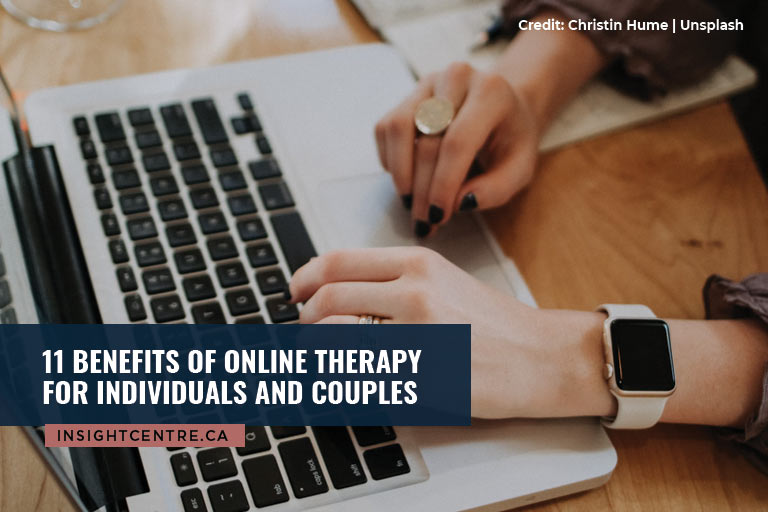
Online therapy, also known as teletherapy, has revolutionized the way individuals and couples seek mental health support. By leveraging technology, this innovative approach offers a convenient and accessible way to receive professional counselling from the comfort of your own home. Let’s look at 11 key benefits of online therapy and how it can positively impact your mental well-being.

1. Convenience and Flexibility
One of the most significant advantages of online therapy is its unparalleled convenience and flexibility. Gone are the days of commuting to and from therapy sessions, dealing with traffic, and fitting appointments into a rigid schedule. With online therapy, you can attend sessions from anywhere with a reliable internet connection, whether it’s your home, office, or a quiet café. This flexibility allows you to prioritize your mental health without disrupting your daily routine.
2. Accessibility
Online therapy significantly expands access to mental health services, particularly for individuals living in remote or underserved areas. Geographical barriers no longer limit your ability to receive quality care. With online therapy, you can connect with qualified therapists who have experience in a wide range of issues, from anxiety and depression to relationship counselling and trauma recovery.
3. Reduced Stigma
The stigma surrounding mental health can be a formidable barrier, preventing many individuals from seeking the necessary support. Traditional therapy often involves in-person appointments, which can be intimidating for those who fear judgment or social stigma.
Online therapy, however, offers a more private and discreet alternative. By eliminating the need for face-to-face interactions, individuals can access mental health services without the fear of being seen or labelled. This increased privacy can empower individuals to prioritize their mental health without worrying about societal perceptions.
4. Comfort and Privacy
Many people find it more comfortable to open up and share their thoughts and feelings in a familiar and private setting. Online therapy provides a safe and secure space where you can feel at ease and be yourself. You can create a calming environment that promotes relaxation and deep reflection, allowing you to fully engage in the therapeutic process.
5. Personalized Care
Online therapy often allows for a more personalized approach to treatment. Therapists can tailor their sessions to your specific needs and preferences, ensuring that you receive the most effective care possible. Additionally, many online therapy platforms offer features like messaging and journaling, which can facilitate ongoing communication and support between sessions.
6. Cost-Effective
Online therapy can be a more cost-effective option than traditional in-person therapy. By eliminating expenses related to office space and overhead costs, therapists can often offer lower rates for online sessions. Additionally, some insurance providers cover online therapy, further reducing the financial burden.
7. Efficient Scheduling
Online therapy can be more efficient in terms of scheduling. With less time spent on commuting and waiting rooms, you can typically schedule sessions more quickly and easily. This can be particularly beneficial for individuals with busy schedules or those who prefer flexibility in their appointments.

8. Improved Communication and Intimacy
For couples, online therapy can provide a safe and neutral space to address relationship challenges. Traditional therapy settings can sometimes feel formal or intimidating, hindering open and honest communication.
Online therapy, on the other hand, can create a more relaxed and comfortable environment. Couples can discuss sensitive topics without the distractions of a physical setting, allowing for deeper conversations and emotional connection.
Additionally, online therapy can be particularly beneficial for couples who are geographically separated or have busy schedules. By eliminating the need for physical proximity, couples can maintain their therapeutic progress and strengthen their relationship, regardless of distance.
9. Diverse Range of Therapists
Online therapy platforms provide access to a diverse pool of therapists with various expertise. Clients can find therapists who align with their specific needs and preferences, regardless of their location. This can be especially helpful for individuals seeking specific care, such as trauma therapy or couples counselling.
10. Enhanced Self-Awareness
Online therapy can facilitate self-reflection and introspection. The virtual setting can create a sense of psychological distance, allowing clients to explore their thoughts and emotions without the distractions of a physical environment. This can be particularly helpful for individuals who struggle with anxiety or overthinking.
Additionally, some therapists use technology-based tools, such as journaling apps or mindfulness exercises, to enhance the therapeutic process. These tools can help clients track their progress, identify patterns, and develop coping mechanisms. By combining the power of technology with the expertise of a therapist, online therapy can provide a truly personalized and effective approach to self-awareness and personal growth.
11. Stronger Therapeutic Alliance
A strong therapeutic alliance is crucial for successful therapy. Online therapy can foster this connection by allowing clients to build rapport with their therapists over time. Regular sessions and consistent communication can strengthen the therapeutic bond and facilitate open and honest dialogue.
Consider Online Therapy Today
If you’re seeking professional help to address your mental health concerns or improve your relationship, online therapy is an excellent option. Insight Centre Counselling & Psychotherapy offers a wide range of online therapy services in Ontario to individuals and couples alike. To learn more or to book a consultation, please call +1 647-633-1928.











